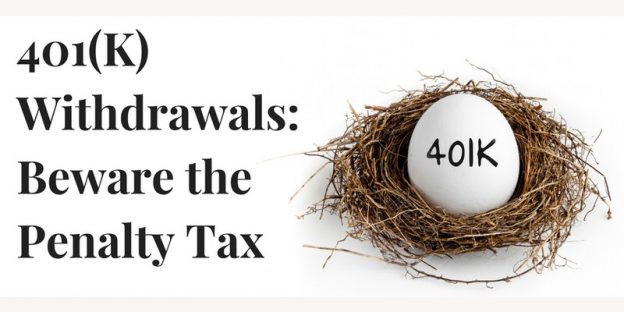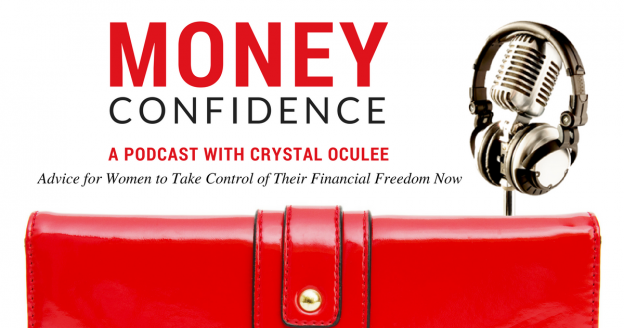When it comes to investing money in the stock market, there are no guarantees.
Even financial experts, who have devoted every waking hour to understanding the market, cannot promise a return on investment. If they could, they would never have to work another day in their lives. Instead, many experts look at many factors to try and anticipate what might happen, and then they invest accordingly.
Inflation is a Major Concern for Many Investors
This can be a tough reality for new investors who are trying to make a decent return on their retirement savings. Add elements like inflation to the mix and you may end up with people who don’t know what to do.
In fact, a recent report by the Society of Actuaries showed that 69 percent of pre-retirees polled cited inflation as a key concern – tied with long-term care.1
Stay Calm, Get the Facts
First thing’s first: don’t panic! People who panic are often vulnerable to bad advice and sometimes shady advisors who put their profit over yours.
➢ Here’s a smart rule to follow: learn as much as you can about your investments and the market, so when you talk to an advisor you understand how your money is being allocated.
It’s Anyone’s Guess!
If you’re keeping up with the financial news, you’re probably seeing a lot of speculation about whether or not inflation will rise. As with the stock market, there’s no guarantee when or if it will – there is just speculation based on many factors.
↳ For long-term investments, a diverse portfolio with stocks can be a good hedge against inflation. In the short-term, you may want to also consider bonds; this is because as inflation rises, you may be able to take advantage of climbing interest rates.
↳ Commodities, like gold, may also be an option for short-term investing. But, for long-term investments, their track record for performance has not been ideal. Gold has returned only 0.7 percentage point per year more than inflation over the past two hundred years2 – you can get a higher return than that with a simple savings account.
Talk to Your Advisor Regularly
The message here is that it’s important to understand the market and be sure your advisor is keeping up with current trends as well as your retirement goals. You should make sure your advisor reviews your portfolio if inflation does rise to be sure you adjust your investments to stay on target for your goals.
Inflation aside, it’s always a good idea to talk with your advisors at least twice yearly as you get closer to retiring. Never leave a meeting with unanswered questions or confusion – a good advisor will make sure you understand how your money is being invested, what fees you’re paying and the strategy he or she is employing in helping you plan your retirement income streams.
1https://www.soa.org/press-releases/2016/survey-examines-retirement-concerns/
2http://www.kiplinger.com/article/investing/T052-C019-S001-stocks-the-best-inflation-hedge.html








 America Is Hooked On Credit
America Is Hooked On Credit


